
Bangladesh, situated on the world's largest delta, was once home to over a thousand rivers. But due to years of neglect, pollution and encroachment caused by various anthropogenic activities, the majority of these rivers have now vanished.
As a consequence, the riverine region's ecological equilibrium has shifted dramatically, as observed by the recurrence of natural disasters brought about by climate change.
It is now more important than ever to raise awareness about the importance of preserving rivers in Bangladesh in order to maintain a stable ecological equilibrium. To this end, the Lokayan Life Diversity Museum in Thakurgaon Sadar upazila has been playing its part since the inauguration of its "Nadi Gallery" (river gallery) in 2016.
The Lokayan Museum of Life and Diversity has been established to highlight the lives of working-class people and small ethnic communities. It showcases a wide range of traditional tools, cultural elements, and everyday items used by laborers, reflecting the diversity of rural life. The museum was founded in 2006 by Dr. Muhammad Shaheed-uz-Zaman, with the aim of presenting the rich thousand-year history and heritage of the Bengali people to the younger generation in an engaging and meaningful way.
Spread over a large area, the museum features around 70 varieties of fruit-bearing plants and 120 types of medicinal herbs. Initially started as a grassroots folk gallery, it later expanded to include several specialized sections such as the Indigenous Gallery of the Plains, the River Gallery, and the Liberation War Gallery.
Among its exhibits are ancient agricultural tools, traditional wedding accessories like madal, sanai, palki, and topor, as well as musical instruments like ektara and dotara. Visitors can also find extensive information on rivers, fish, and aquatic plants, along with historical artifacts from the Liberation War, including tools, documents, and personal belongings. The museum preserves rare items like handwritten documents from the British era, letters, manuscripts, and zamindari revenue receipts.
The museum compound, vibrant with birdsong, also offers fun and entertainment for children, including swings, spinning wheels (charkis), and traditional tools like dhenki. There are bamboo seating areas and tables made from tree trunks for visitors to relax. Seasonal festivals such as Barshamangal, Nabanna, and Pitha Utsab are held here during the monsoon, autumn, and winter seasons. These events feature local folk theatre, religious songs, kabigan, git, and indigenous dances and music.
Opening Hours and Entry Fee
The museum is open from Monday to Saturday, 9:00 AM to 5:00 PM. The general entry fee is 20 BDT per person, while students visiting on educational tours can enter free of charge.
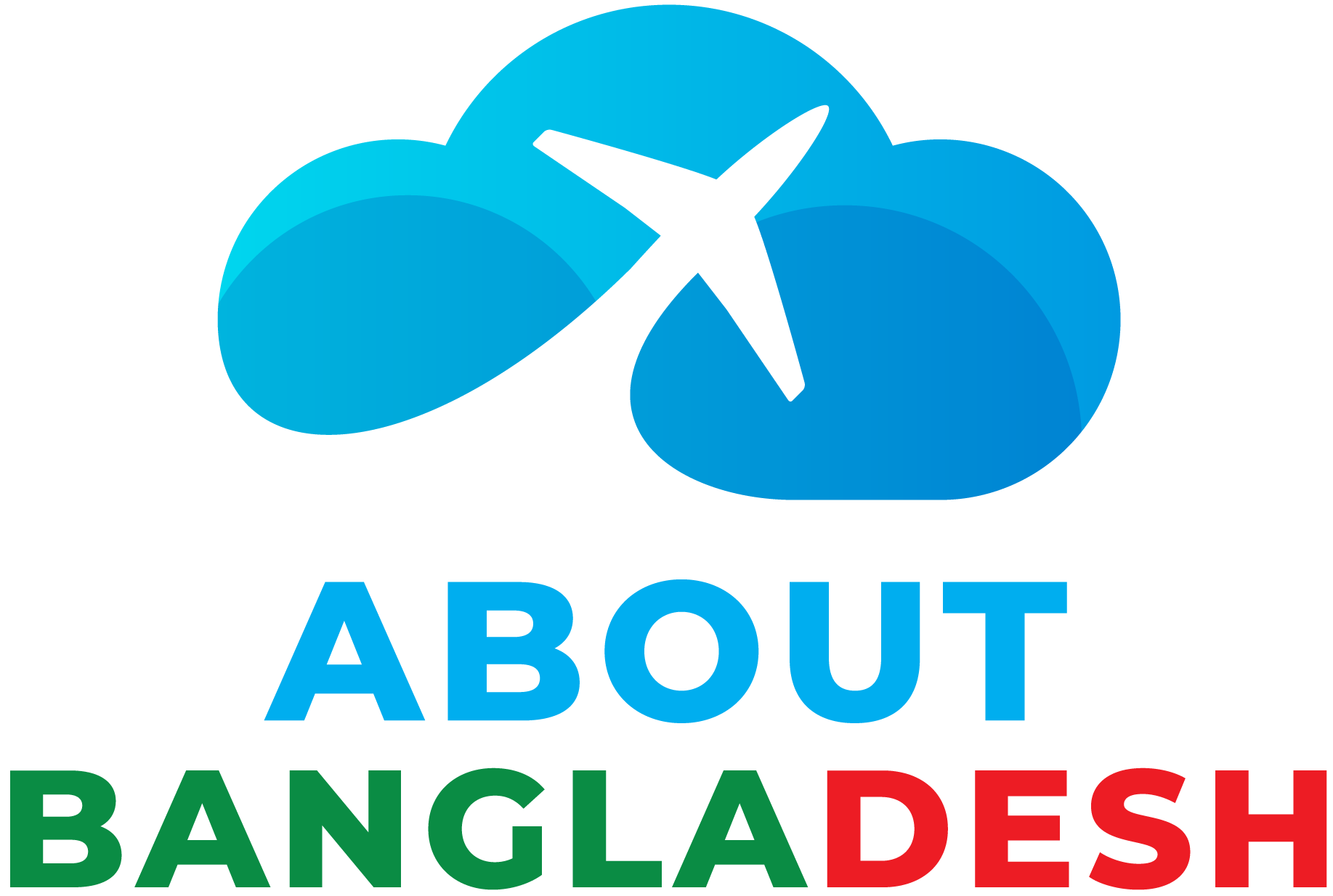
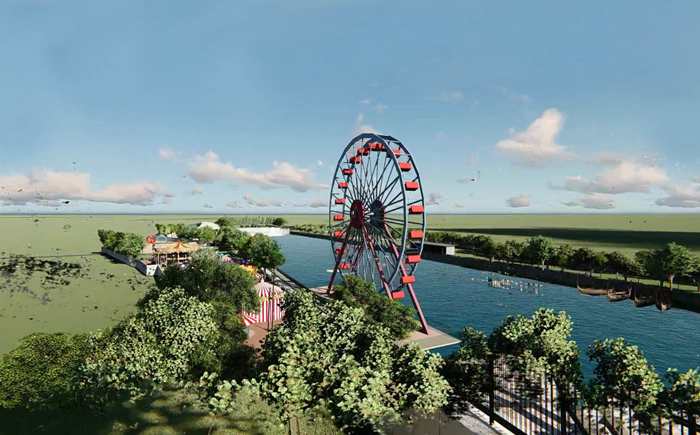


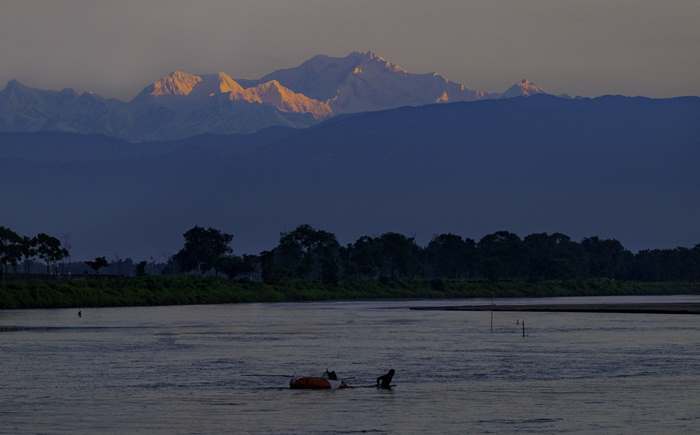
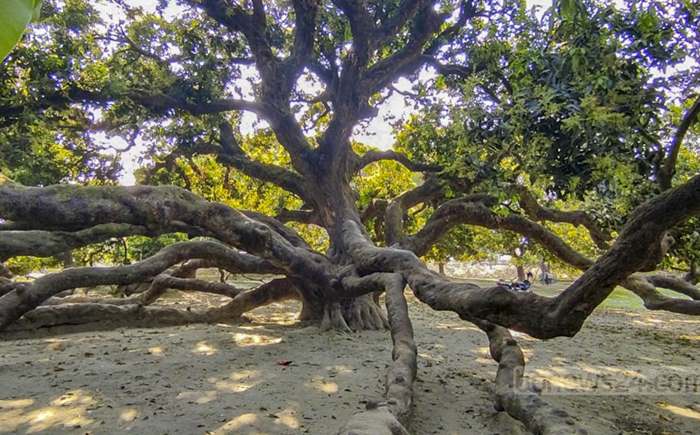
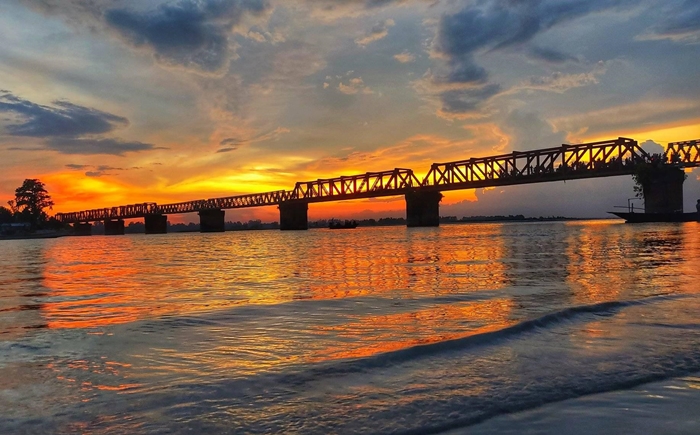


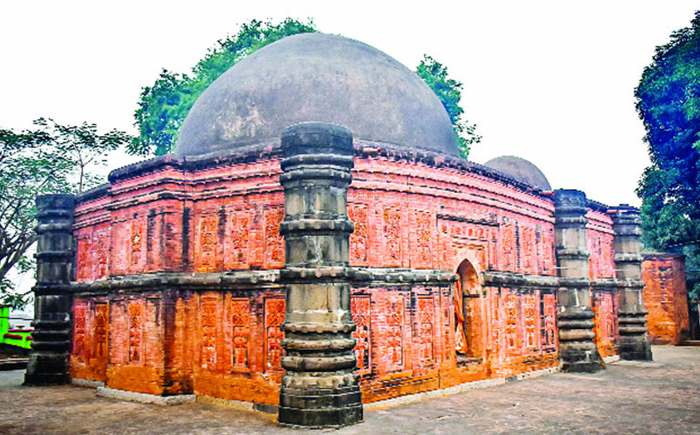
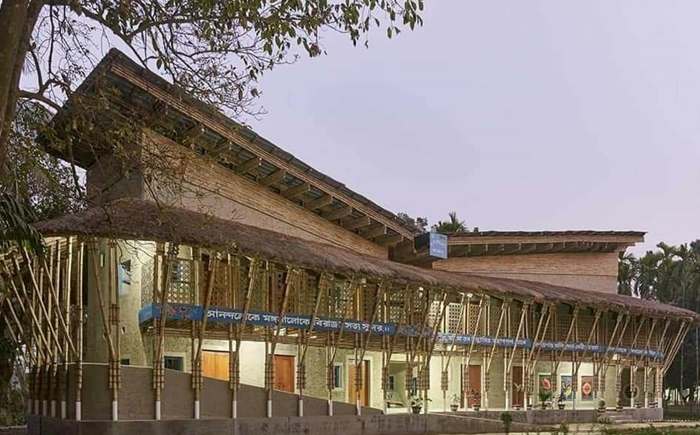
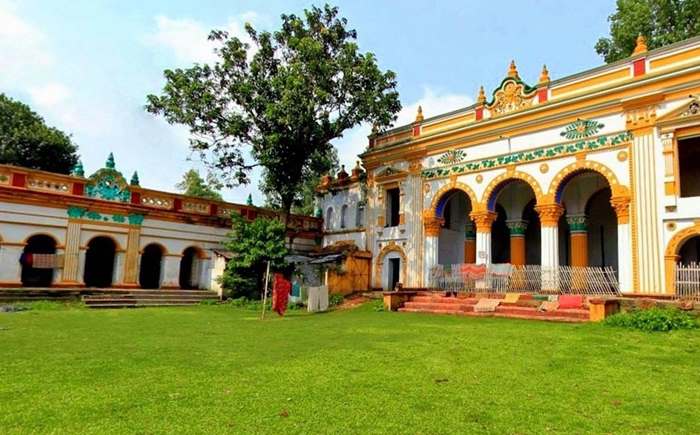
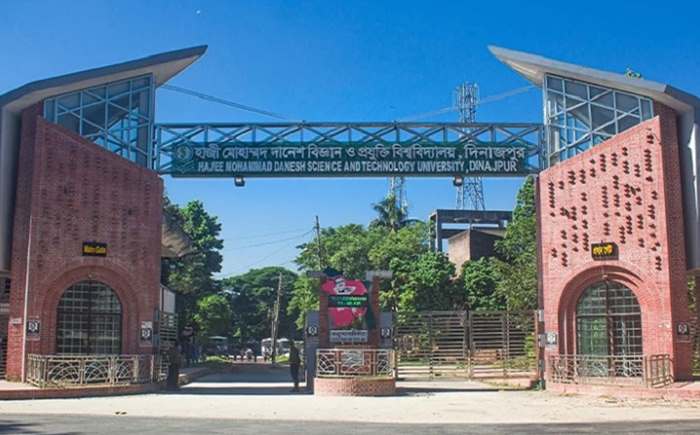
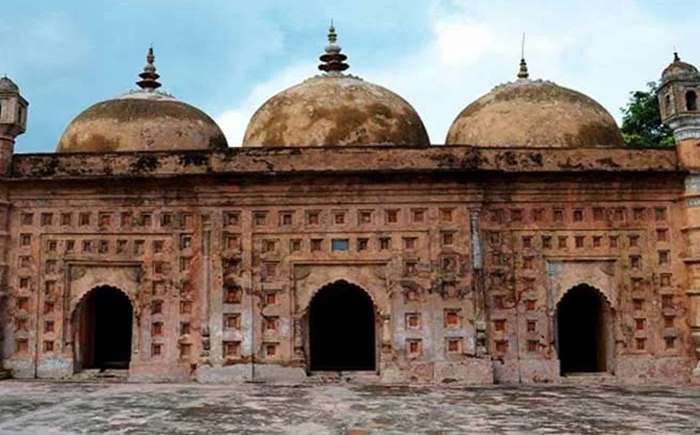
Leave your valuable comments: